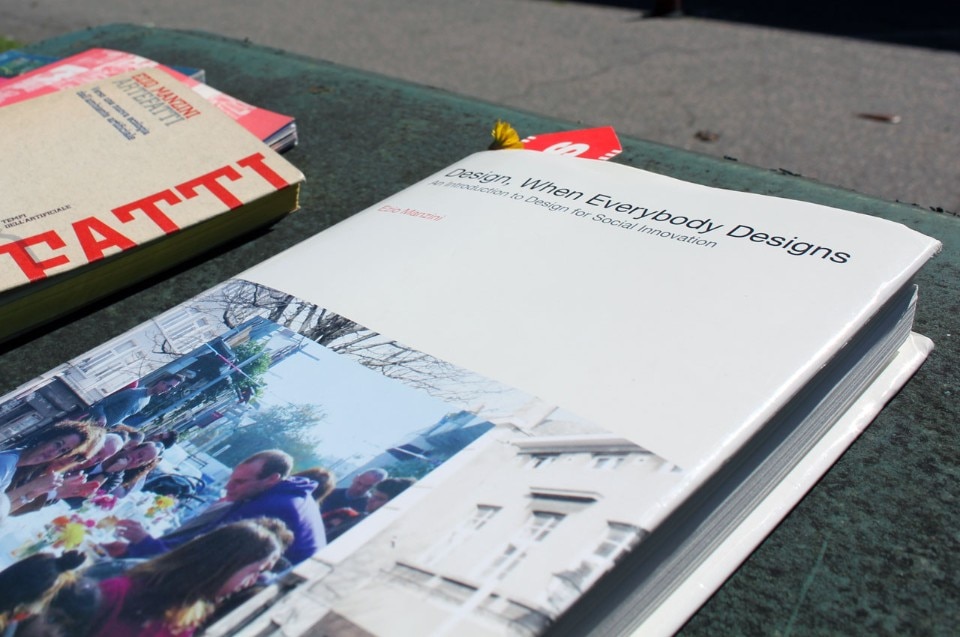The Compasso d’Oro Career Award given to Ezio Manzini by the Associazione per il Disegno Industriale – ADI – coincides with the acknowledgement of a wholly original course of analysis and theoretical development that over recent years has been able to anticipate ever-widening spheres of action in design, as stated also by the jury.
After graduating in engineering and architecture, Manzini first came to the attention of the design world in the mid 1980s as one of the most attentive analysers of a world undergoing a process of artificiality. From then on followed a period of intense activity that combined teaching, research and industry, carried out between the Milan Polytechnic and the newly-established Domus Academy where he created and ran the research centre. These experiences led to the publication of La materia dell’invenzione (1986, Compasso d’Oro 1987), one of the international cornerstones of new design and materials, followed by Artefatti (1990).







